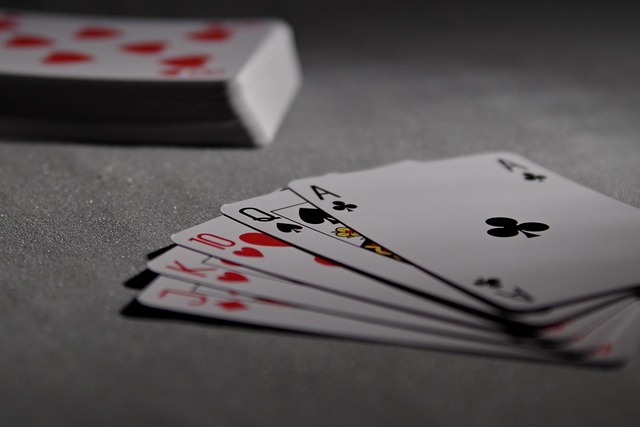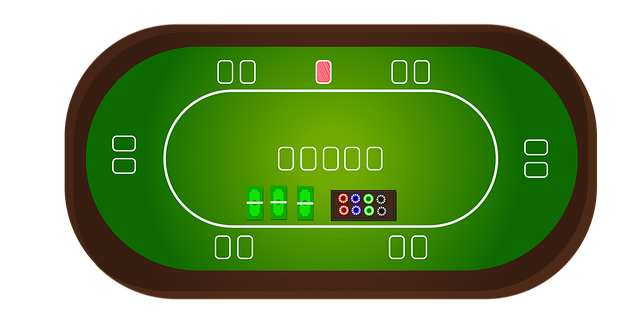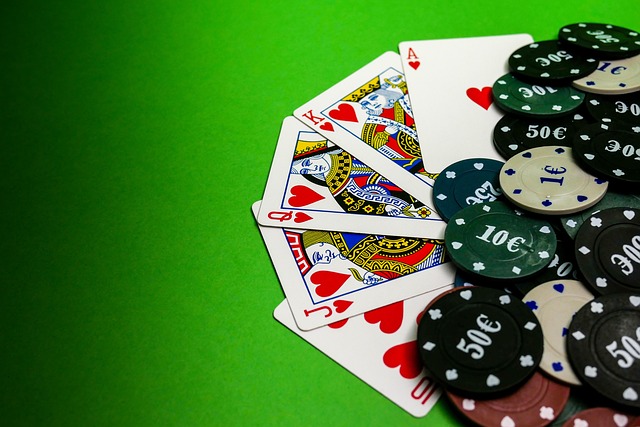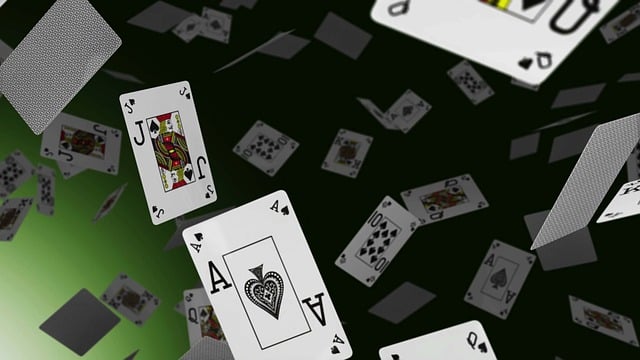The evolution of casino games has transformed from exclusive Brick and Mortar Casinos to global digital entertainment. This shift has democratized access, allowing players worldwide to enjoy diverse game options from home while advanced technologies enhance the gaming experience with realistic graphics and interactive features. Despite the rise of virtual casinos, traditional Brick and Mortar Casinos remain vibrant social hubs with timeless classics like Blackjack, Roulette, and poker attracting crowds. Players are increasingly informed about the House Edge, understanding the average expected loss per bet to manage their budgets and risk tolerance effectively.
In the ever-evolving landscape of gambling, brick-and-mortar casinos have captivated players for centuries. This article takes you on a journey through time, exploring the evolution of casino games from their traditional physical settings to the virtual tables that now dominate the industry. We delve into popular classics and innovative novelties, while also shedding light on the concept of house edge—a key factor in understanding the odds within brick-and-mortar casinos.
- The Evolution of Casino Games: From Brick and Mortar to Virtual Tables
- Popular Brick and Mortar Casino Games: A Look at Classics and Novelties
- Understanding House Edge: How It Works in Brick and Mortar Casinos
The Evolution of Casino Games: From Brick and Mortar to Virtual Tables

The evolution of casino games is a fascinating journey that reflects the changing landscape of entertainment and technology. Historically dominated by brick-and-mortar establishments, where players gathered in opulent settings to test their luck, casino gaming has undergone a remarkable transformation. The advent of digital age has not only redefined the accessibility but also the diversity of games available. Virtual tables and online platforms have become the new norms, offering convenience and a wide array of options to a global audience.
This shift from traditional Brick and Mortar Casinos to virtual spaces has democratized access to gambling, allowing players to enjoy their favorite games from the comfort of their homes. Advanced technologies have enabled the replication of the immersive experiences once limited to physical locations, with realistic graphics, interactive features, and live dealer options enhancing the overall gaming experience.
Popular Brick and Mortar Casino Games: A Look at Classics and Novelties

Brick and mortar casinos have long been a hub for social interaction, entertainment, and the allure of winning big. Among the myriad games available, several stand as timeless classics that draw crowds even today. These include staples like Blackjack, Roulette, and poker, each with its unique appeal. Blackjack, for instance, captivates players with its blend of strategy and chance, while Roulette entices with its fast-paced, high-stakes environment.
Beyond these enduring favorites, brick and mortar casinos also showcase novelties designed to keep up with evolving player preferences. These include electronic versions of traditional games, such as digital slots that offer a wide array of themes and bonus rounds, as well as interactive table games incorporating technological advancements. Such innovations not only enhance the gaming experience but also cater to modern players’ expectations for immersive, engaging entertainment within the casino environment.
Understanding House Edge: How It Works in Brick and Mortar Casinos

In brick and mortar casinos, the House Edge is a crucial concept for players to grasp before attempting any game. It refers to the advantage that the casino holds over its patrons, meaning the average amount the player can expect to lose per bet over time. This edge varies depending on the game played, with some being more favorable to the house than others. Understanding the House Edge is essential as it provides insight into the potential long-term outcomes of playing any particular casino game.
For instance, in classic games like roulette or blackjack, the house edge can range from 2% to over 10%. This means for every $100 wagered, the player might expect to lose between $2 and $10 on average across numerous rounds. In contrast, slot machines often have higher House Edges, sometimes reaching up to 15%, indicating a steeper loss potential per bet. Knowing these odds allows players to make informed decisions, set budgets, and choose games that align with their expectations and risk tolerance in brick and mortar casinos.
Casino games have evolved significantly, transcending from traditional brick-and-mortar establishments to virtual platforms. Understanding both the classics and novelties in these physical casinos, along with grasping the concept of house edge, offers players a comprehensive foundation for their gaming journeys. As online casinos continue to grow, exploring these topics ensures informed decisions and enhances the overall gaming experience, especially within the context of brick-and-mortar casinos.






